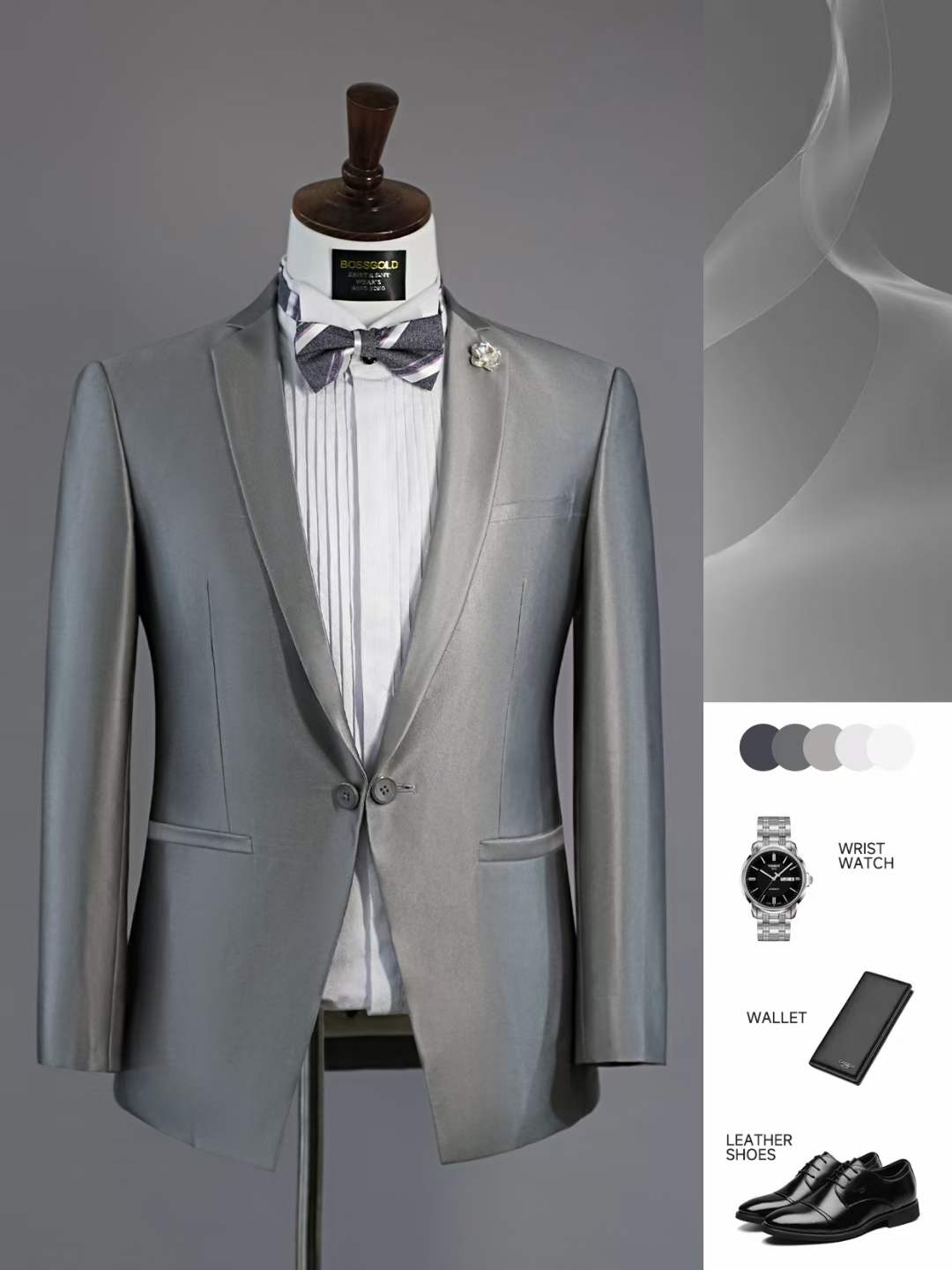The suit, beyond its sartorial elegance, has been a powerful symbol in the realms of film and music. Its representation in these mediums offers a unique lens to understand societal values, aspirations, and the evolution of cultural norms.
Suits in Cinema: A Mirror to Society
From the early days of Hollywood to contemporary global cinema, the suit has played pivotal roles. In classic films, leading men like Cary Grant and Humphrey Bogart donned sharp suits, symbolizing sophistication, charm, and a certain urbanity. Their characters, often suave and debonair, set the tone for the ideal modern man.
However, the suit wasn't just reserved for the heroes. Gangster films of the 1930s and 1940s, such as "The Godfather" series, showcased the dark, powerful world of crime, with suits symbolizing authority and dominance.
As cinema evolved, so did the representation of the suit. In the rebellious 1960s and 70s, the suit became a symbol of the establishment, often contrasted against the free-spirited counterculture. Films like "Easy Rider" juxtaposed the suited corporate world against the backdrop of the open road and freedom.
Contemporary films often use suits to depict characters' transformations. A classic example is "Kingsman: The Secret Service," where the suit represents a rite of passage and the transition from rough beginnings to a world of espionage and class.
The Rhythms of Music: Suits as Statements
Music, much like cinema, has used the suit as a powerful tool of expression. In the jazz age, artists like Duke Ellington and Louis Armstrong wore suits, symbolizing the genre's move from the streets to the concert halls. Their sharp attire was a statement of professionalism and artistic legitimacy.
The 1960s saw the iconic image of The Beatles in matching suits, representing both their cohesion as a band and the formal, polished image they initially presented. As they and other bands of the era evolved, so did their attire, reflecting the changing socio-political landscape.
Hip-hop and rap, genres rooted in the urban experiences of Black Americans, have had a complex relationship with the suit. While early artists often donned athletic wear or street clothes, the rise of "gangsta rap" in the 1990s saw artists like Jay-Z and P. Diddy embracing the suit as a symbol of success, wealth, and having "made it."
Conclusion
The suit, in film and music, is more than just attire. It's a narrative device, a symbol, and a reflection of the times. Its portrayal offers insights into societal values, changing norms, and the ever-evolving definitions of success, power, and rebellion.
